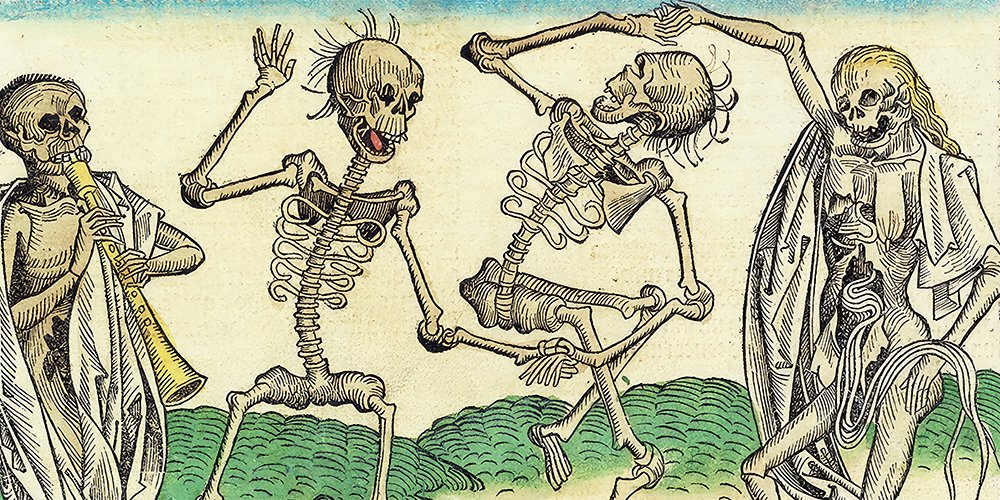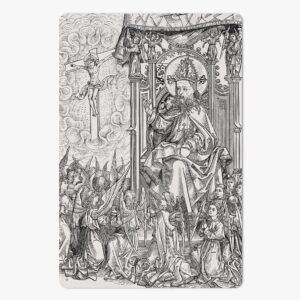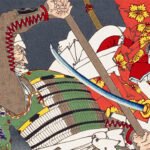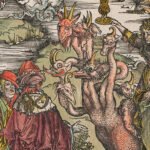Michael Wolgemut (c. 1434–1519) holds a prominent place in the history of German Renaissance art. Renowned as a skilled painter, printmaker, and woodcut designer, Wolgemut is perhaps best remembered today as the mentor of Albrecht Dürer, one of the greatest artists of all time. Yet, Wolgemut’s own achievements as a master craftsman and innovator in the field of early book illustration are just as worthy of attention.
Born in Nuremberg, a thriving center of commerce and culture in 15th-century Germany, Wolgemut came from an artistic family. His father, Valentin Wolgemut, was a painter, and Michael likely received his initial training in his father’s workshop. Around the mid-15th century, Michael furthered his education in art by working with Hans Pleydenwurff, a prominent painter in the Franconian region. After Pleydenwurff’s death, Wolgemut married his widow and took over his workshop, turning it into one of the most productive and influential in Nuremberg.
Michael Wolgemut is best known for his work as a designer of woodcut illustrations, a craft that was essential during the dawn of European printing. In an era when printed books were beginning to revolutionize access to knowledge, Wolgemut helped bridge the gap between manuscript tradition and modern mass production. His workshop produced high-quality woodcuts for many important publishers, often illustrating religious texts, chronicles, and scholarly works.
Perhaps the most famous project of Wolgemut’s career was his contribution to the Nuremberg Chronicle (Liber Chronicarum), published in 1493 by Hartmann Schedel and printed by Anton Koberger. This monumental book is considered one of the most lavishly illustrated works of the incunabula period (books printed before 1501). Wolgemut, along with his stepson Wilhelm Pleydenwurff, designed over 1,800 woodcuts for the chronicle—depictions of historical events, biblical scenes, cities, and rulers. These illustrations combined clarity, detail, and expressive force, setting a new standard for visual storytelling in printed books.
Wolgemut’s influence extended far beyond his own generation. Between 1486 and 1489, the young Albrecht Dürer apprenticed in Wolgemut’s workshop, learning the fundamentals of drawing, printmaking, and large-scale publishing. Dürer would go on to revolutionize Renaissance art, but Wolgemut’s tutelage laid the foundation for that brilliance.
Michael Wolgemut remained active into his old age, passing away in Nuremberg in 1519. His artistic legacy lives on in the pages of countless early printed books and in the evolution of woodcut illustration. He was a crucial figure in the transition from Gothic to Renaissance styles in Northern Europe and helped define the visual language of the early printing age.
Discover below our selection of high-quality prints from Michael Wolgemut’s extraordinary body of work. These timeless illustrations, rooted in history and craftsmanship, bring a piece of the German Renaissance into your home décor.





